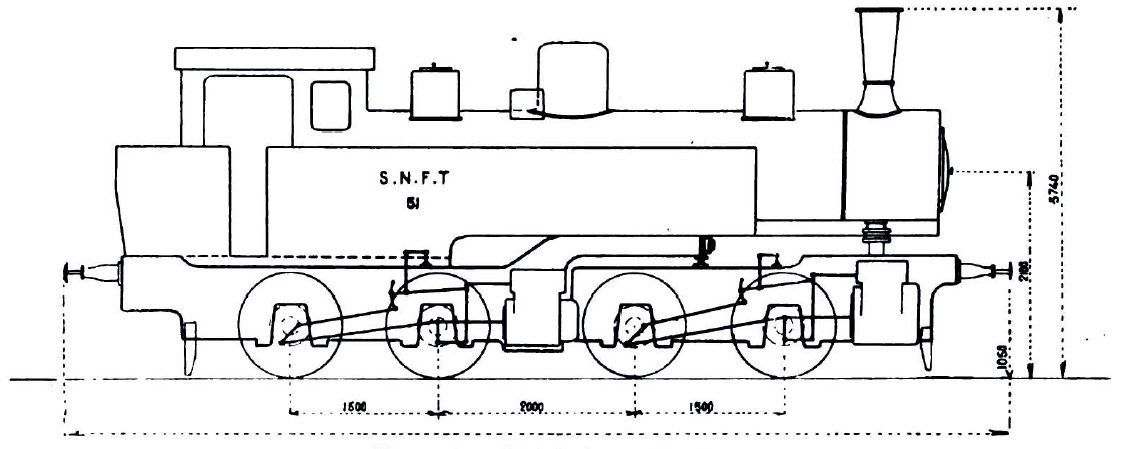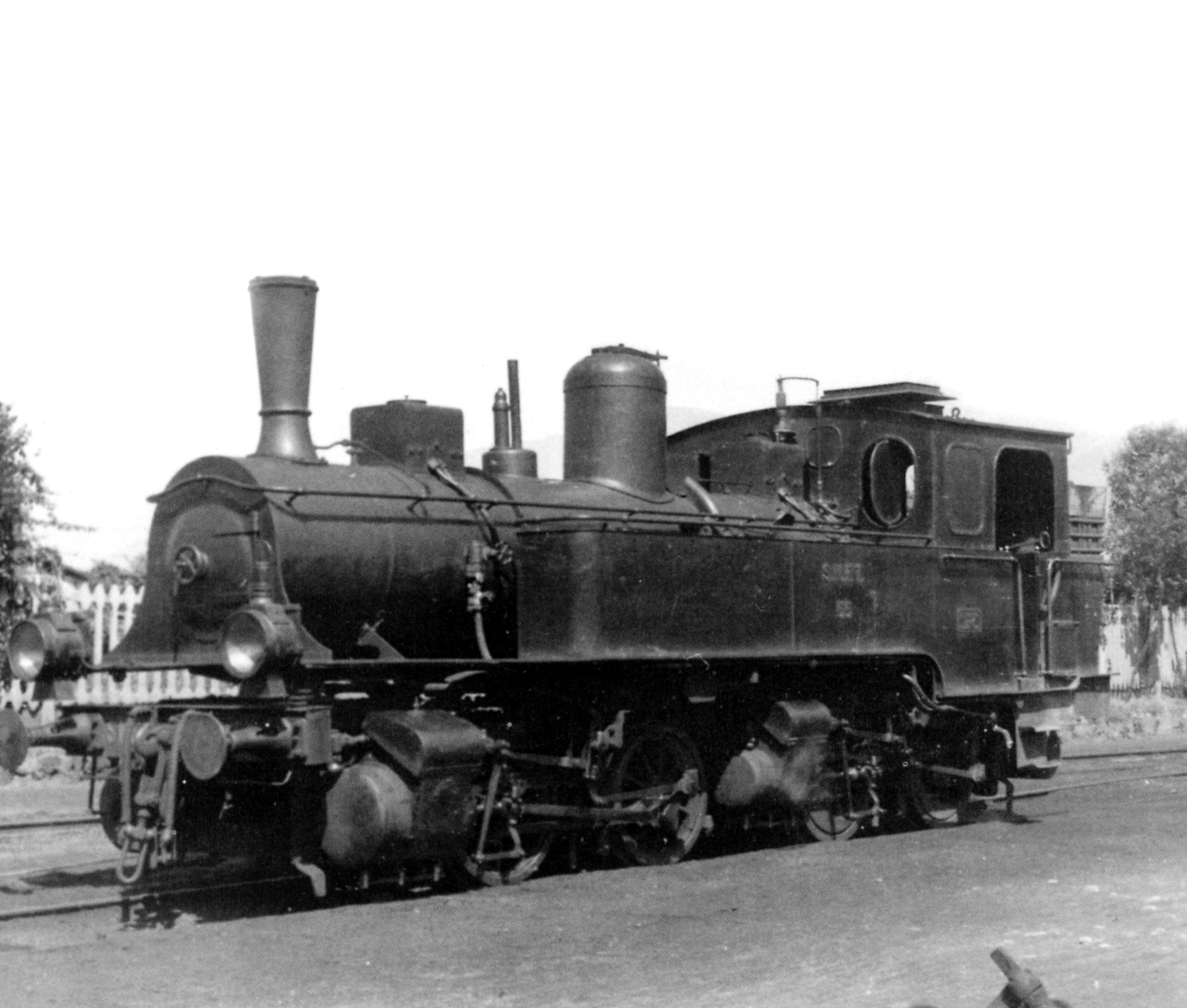In order to tackle the increase in traffic and to have locomotives more suited to hauling goods trains, in 1908 the S.N.F.T. ordered seven Mallet type locomotives from German firm Borsig, which would be delivered over the first months of 1909, joining the class 1-7 locomotives already in service. Due to the light equipment of the Brescia-Iseo line, in order to achieve greater adhesive weight and therefore greater tractive effort, it was necessary to increase the number of axles, but this presented a problem due to the rigidity of the locomotive. It was therefore necessary to adopt a compound articulated locomotive with the Mallet system. The performance of these locomotives on steeper sections was equivalent to 135 tons, which meant they were capable of pulling goods consists of up to 10 cars. With the opening of the Iseo-Rovato line, these locomotives were used almost exclusively to pull lighter passenger trains on the old Brescia-Iseo section. The good overall performance of these locomotives meant that others of better performance were ordered.
SNFT Locomotive Class 51-57

- Ordinativo: 1908
- Costruzione: 1908/1909
- Esercizio: 1907-1960ca
- Massa in servizio: Kg.36.000
- Rodiggio UIC: B’ B’
- Ruote motrici Ø: 1.000 mm
- Costruttore: Borsig
- Lunghezza fuori tutto: 9.650 mm
- Larghezza: 2.800 mm
- Corsa stantuffi: 500 mm
- Diametro cilindri: 450 mm
- Potenza: 490 CV
- Passo rigido: 1.500 mm
- Velocita massima: n.d.
- Pressione di esercizio: 12 atm
- Superficie riscaldamento tot.: 72,22 m²
- Capacità casse acqua: 3,5 m³
- Alimentazione carbone: 1,5 m³
- Order: 1908
- Build date: 1908/1909
- Service date: 1907-c.1960
- Service mass: 36,000 Kg
- UIC wheel arrangement: B-B
- Diameter of the driving wheels: 1,000 mm
- Builder: Borsig
- Overall length: 9,650 mm
- Width: 2,800 mm
- Piston stroke: 500 mm
- Cylinder diameter: 450 mm
- Power: 490 hp
- Rigid wheelbase: 1,500 mm
- Maximum speed: not available
- Operating pressure: 12 atm
- Overall heating area: 72.22 m²
- Capacità casse acqua: 3,5 m³
- Coal supply: 1.5 m³
These four class 21-24 steam locomotives, also built by Borsig in 1911, represented the most powerful Mallets in Italy when they went into service. The two Mallet series formed the backbone of goods traffic on the Brescia branch of the S.N.F.T. Some Mallets from the first batch also served for a long time on the isolated branch of the S.N.F.T., the Orbetello-Porto S. Stefano railway. This particular branch was heavily affected by the Second World War, when all three of the Mallets present were damaged by bombing. Of these three, only one unit returned to service at the end of the war, while the other two (units 54 and 57) were scrapped there. The remaining units were in service until the end of their scheduled inspections. By 1950 only two units were in service: 52 and 55, used exclusively for freight service. Unlike class 21-24, the class 50 Mallets failed to pass the baton to the Cne, which entered service in 1961.

